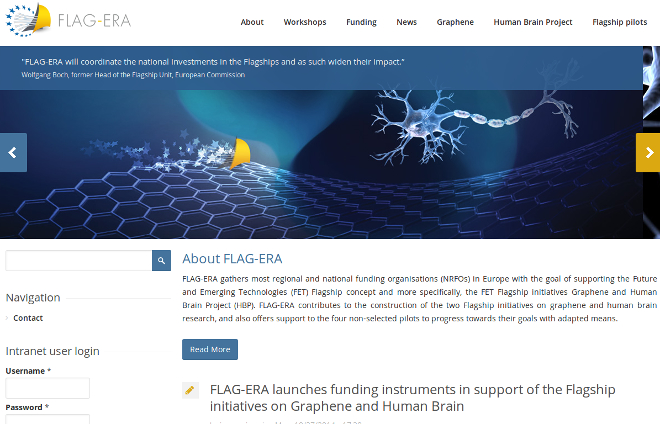The Graphene flagship project has been in existence since October 2013. In it, 126 academic and industrial research groups in 17 European countries are working together to revolutionize the scientific and technological use of graphene. The aim is to produce graphene in large quantities and at affordable prices. The annual report also informs outsiders about the current state of research.
Major progress in 2015
In 2015, researchers made great progress in the development and benchmarking of graphene and related materials on flexible substrates. There was extensive device prototyping and extensive testing, which paved the way towards system integration.
Achievements with graphene
Achievements include, for example, the production of functional inks using graphene for printing on plastic substrates, as well as sensor elements that show a promising combination of performance and mechanical stability.
Processes for the production of plastics on large-area CVD graphene deposition rounds have been developed and optimized for a number of applications. For example, researchers have succeeded in creating a transparent conductor with extraordinary mechanical stability that did not even bother strong bending.

Another focus area is high-frequency components and RF transistors with a maximum frequency of 13 GHz, which were manufactured on polyamide film Kapton. Such components retain their function even with constant bending and show long-term stability despite the suspension of fatigue cycles.
Key developments
The researchers of the Graphene Flagship project have taken the idea of flexible electronics even further and developed an electronic platform for the integration of flexible components. This platform is crucial for enabling rapid prototyping of flexible components and their gradual integration into functional flexible systems in the first place.
If you want to learn more about this year's research successes of the EU project, you can find more information in our reference.

